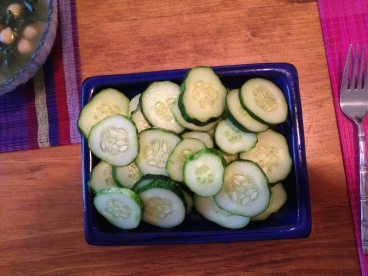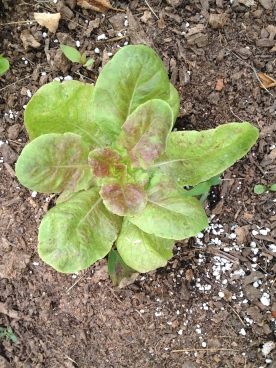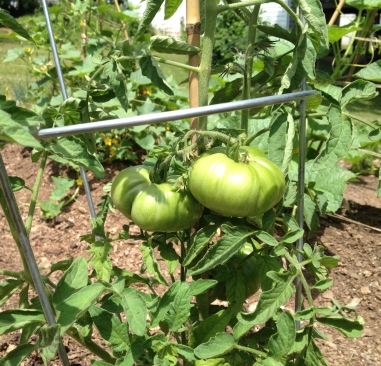Yesterday’s hike was wonderful but too long, and the bus rides back required too much sitting out in the chilly ocean wind. So this morning, just like Jane Bennet and several dozen other 19th century characters who get caught out in uncomfortable weather, I “fell ill.” Not too ill, fortunately — no three weeks bed rest or anything like that — just a truly annoying head cold and earache. A quieter day was in order. The museum was still closed. I worked from a cafe for most of the morning and eventually adjourned to Max Gate, the house of Hardy’s prosperous years that he designed himself. It’s about a mile outside of town. The house itself is unusually appealing, with spacious rooms and a sensible layout (Hardy began his career as an architect). More exciting than the house, though, were the gardens out back, which are planted to resemble the gardens that Hardy himself planned and laid out — well, his servants did the heavy lifting.
More exciting than THOSE gardens, though, were the plots in the massive community garden that I noticed just across the street when leaving Max Gate. Naturally I wandered in, had a nice conversation about cucumbers with an older woman who was growing many varieties of beans, and generally ogled. Lots of lettuces, peas, carrots, potatoes, beets, and a few summer squashes, but none of the hot weather crops that are taking off right now in Virginia. Apparently you need a greenhouse for tomatoes, cukes, and peppers in this country. Meanwhile, I adore the ubiquitous English solution to trellising runner beans: tying together long bamboo poles in the shape of a very narrow tent. The plants look great twining up it.









